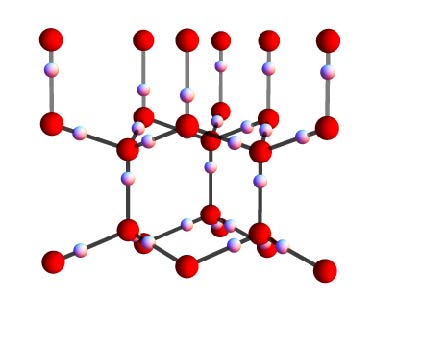Why Do We Call Them “Solution” Architects? – Part 2
Last time, we discussed the mindset required for someone to be a solution architect. As a reminder, that included:
- Believe that there is a solution, even if you may not be the one to find it.
- Focus on thinking in terms of what the solution would be, not in terms of what the problem is.
- Start simple. Not every problem will be simple, but it is always made of simple parts – you just need to find them.
As we all know, our abilities play a significant role in whether we can find solutions to any given problem. So, what skills help someone to be a good solutions architect?
First and foremost, coupled with the first mindset bullet above, anyone looking for a solution needs to have imagination. Some people reading this might remember the now-decommissioned Disney World ride, “Journey into Imagination.” Despite the silly cartoon dragon and catchy children’s song, the designers of this ride did a decent job trying to convince riders that using your imagination could lead to all sorts of interesting fun; this is true for actual solutioning. The best ideas just come from imagining how the parts fit together.
Here’s an example of how imagination can help you. In my past life, I was involved in the high-pressure studies of materials (we squished things to see what happened), and one interesting tidbit is that there are over 13 different types of ice, depending on the pressure and temperature you were looking at. If I were to tell you this without context, you may think, “What do you mean? Ice looks the same to me.”
From first appearances, you’d be right. The ice, in some circumstances, does look the same. But, if we look at it on the atomic level, the positions of the atoms in ice change. Without the right tools, we’d likely not know that this was the case. Being able to imagine how the atoms in the water ice (shown below) move when squeezed, is a skill that scientists employ to help understand what is happening.

Figure 1: Water Ice Crystal Structure (Red – Oxygen, White – Hydrogen) Photo Credit: Okinawa Institute of Science and Technology
By using our imaginations, we can attack the second bullet above for mindset – namely, focusing on the solution instead of the problem. If you can imagine how the atoms in the figure above would move when squeezed, you are part way there. Since imagination is an inherently soft skill, we’ll stop here and focus on the harder technical skills next time.
About the Author
Matthew Jacobsen is the Vice President of Technology and Analytics and a Principal Data Scientist at BigBear.ai. He has more than 20 years of experience conducting a broad range of data manipulation, AI/ML, and insight generation tasks.

